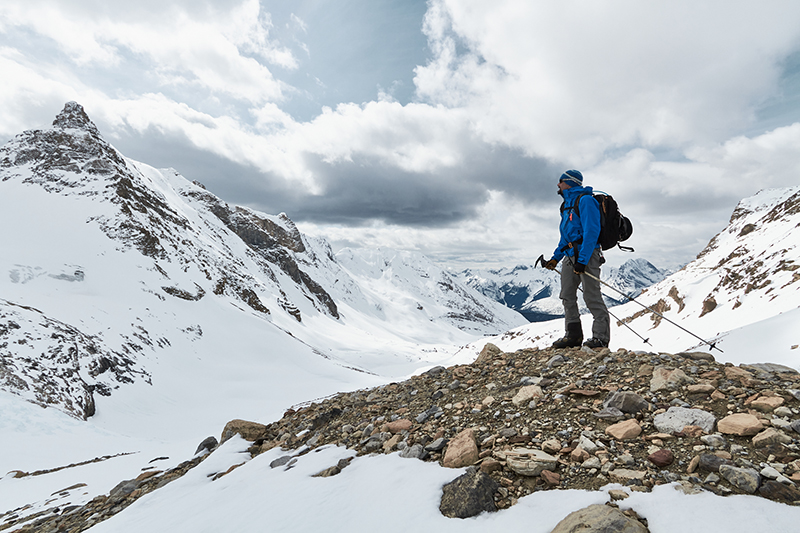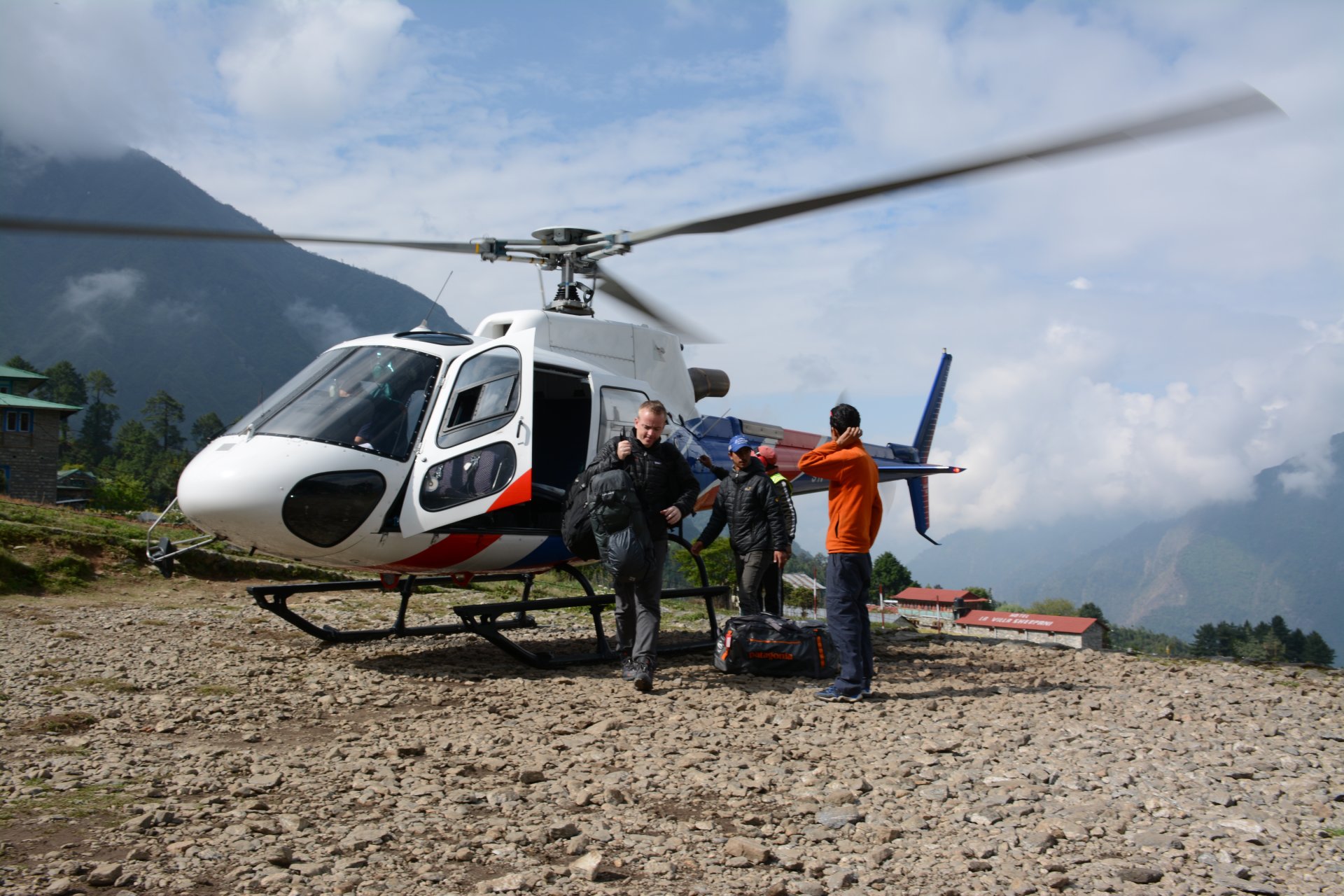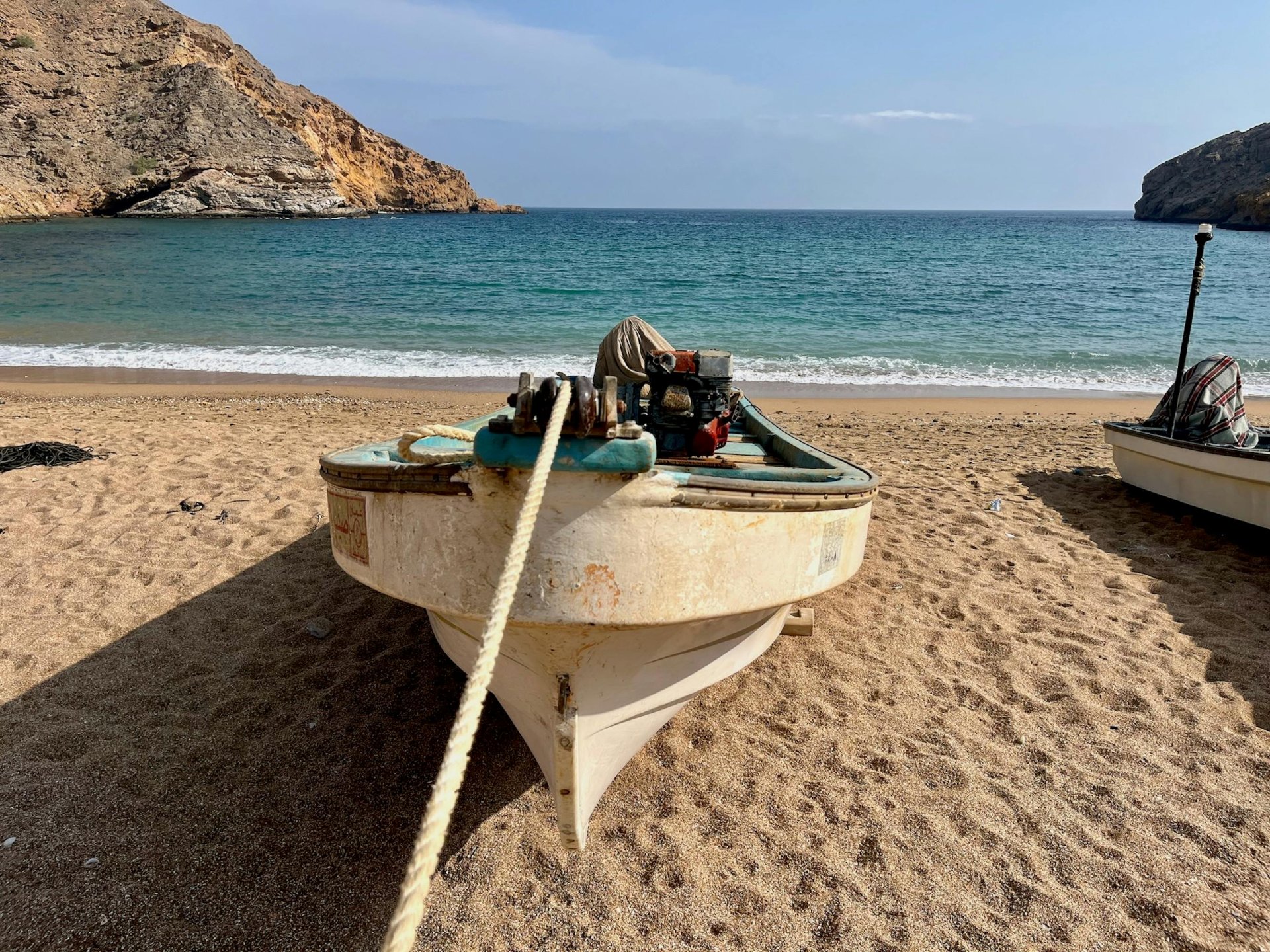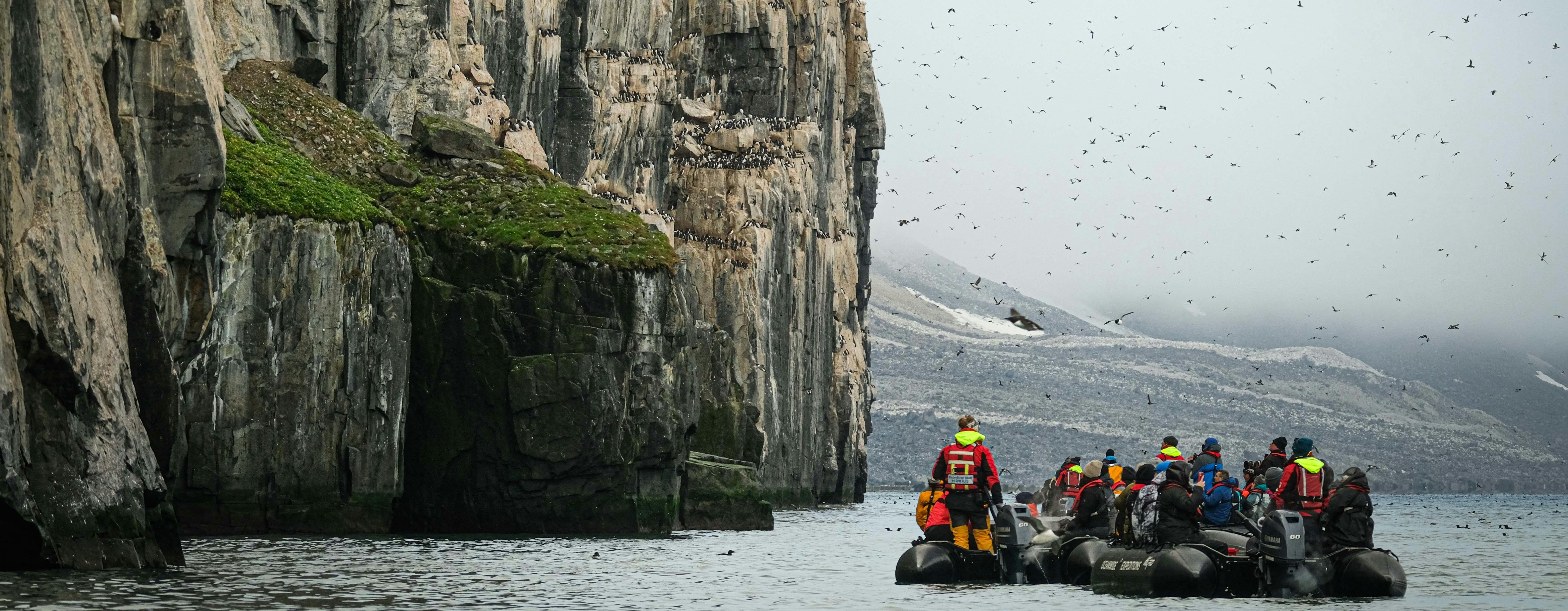Photo © Har Rai Khalsa, a Global Rescue 2021 Photo Contest submission
How to train for mountaineering? While there’s no one-size-fits-all fitness training plan, there are some standards to stick to. Safe Travel Partner American Mountain Guide Association (AMGA) provides some valuable advice.
So you’re an avid hiker, toying with the idea of getting into mountaineering? It takes a combination of experience, gear and patience to break into the discipline. But something even more important than these key attributes? Building up your fitness and stamina.
“You can have all the best gear in the world and a perfect summit plan, but if you get out there and simply get turned around by fatigue (instead of something else beyond your control, like bad weather), it’s not going to be a sport you see through,” said Dale Remsberg, who has 30 years guiding all around the globe under his harness and serves as the technical director (with a 10-year tenure) of the American Mountain Guide Association (AMGA), a Global Rescue Safe Travel Partner.
There’s no one-size-fits-all mountaineering fitness training plan, given that people come in all shapes, sizes and ability levels with different goals of what mountain(s) they want to conquer. But there definitely are some standards to stick to when it comes to training for mountaineering.
1. Go for Long Hikes
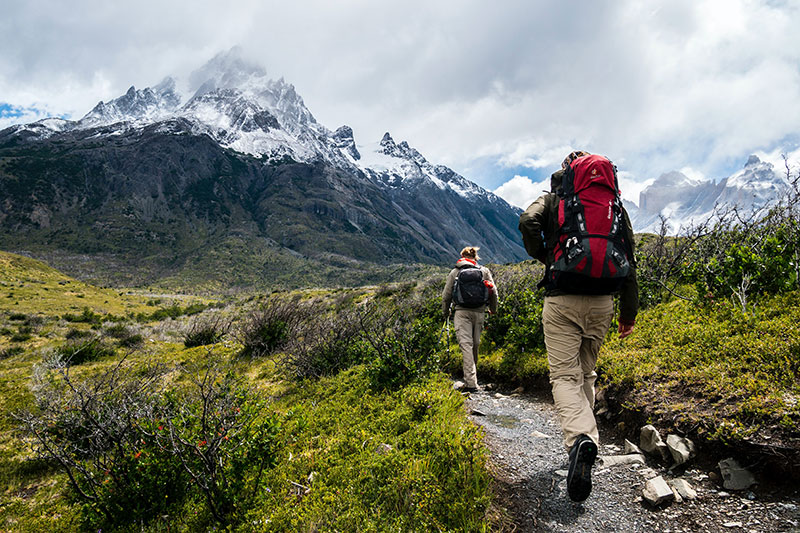
The best way to get high aerobic capacity, steely calves, quads and stamina galore? Start going for long, longer, and even longer local outdoor hikes to build up endurance. We’re talking hikes lasting up to 12 hours, eventually.
“Mountaineering is an endurance event, like a marathon,” Remsberg said. “The mountains you train on don’t have to be technical, they just need long enough routes — like some of Washington’s 7,000-foot peaks or Colorado’s fourteeners.” Being able to climb at a steady rate that you can aerobically maintain without stopping, plus having enough energy and strength to descend safely, will be key in your mountaineering training plan.
2. Train in All Types of Weather
Weather is unpredictable, so you need to have well-rounded experience in different types of weather: rainy, hot, cold and even snowy (depending on your target mountain). “If you only train on dry mornings and you’re not used to the heat of a hot day or potential rainy conditions, you’re not going to do well if these conditions strike,” Remsberg said.
3. Don’t Forget to Train Opposing Muscles

Classic weight training at the gym is great for building up strength in major leg and core muscles. However, climbers can make the mistake of focusing too much on developing the front parts of the leg — particularly the quads — not as much the backside (hamstrings and glutes).
“It’s super common to see this,” Remsberg said. “When you don’t properly train all sides of the legs, it can result in knee pain. And that’s something you don’t want to be dealing with.”
4. Train Your Weaknesses as Much as Your Strengths
“For me, I’m great at climbing long distances at a slow pace, not so much fast intervals requiring a super high heart rate,” Remsberg noted. Depending on your target mountain, long and slow might be okay, but it’s better to be well-rounded to handle whatever challenges are thrown your way.
5. Backpack with Weight, But Don’t Overdo It
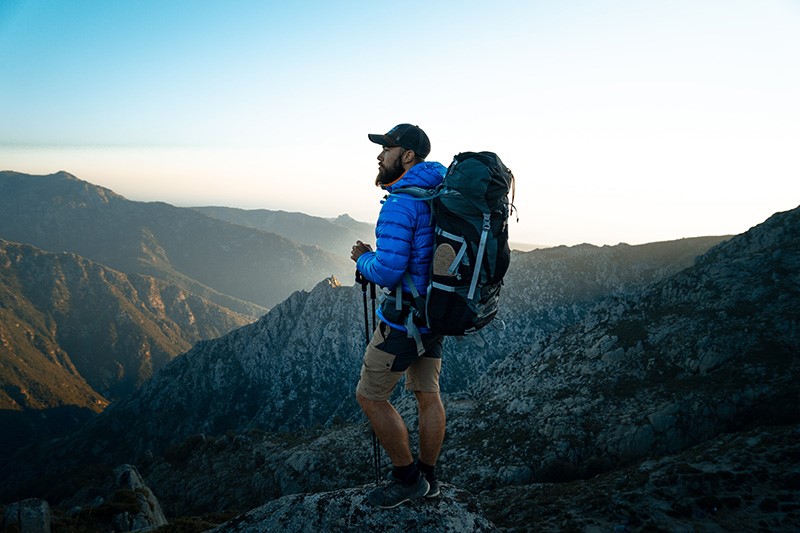
A 25- to 30-pound pack is a lot to have pulling down on your shoulders and upper back. While weight training and cardio training helps, the best thing to do is to practice with an actual weighted pack.
“The goal with training with practice loads is to build up slowly over time to about the weight you’ll be carrying, then to taper off before the main event,” Remsberg said. “But people can overdo it, training with as much as 80 pounds on their back.” This can lead to injury and be particularly tough on your knees on your descent.
A suggestion from Remsberg: Load your pack with up 10–25% of your body weight in water bottles, then at the top of your climb, empty out all the water. “Without the weight, it’s not as hard on your legs when going downhill.”
Your Backcountry Back-Up
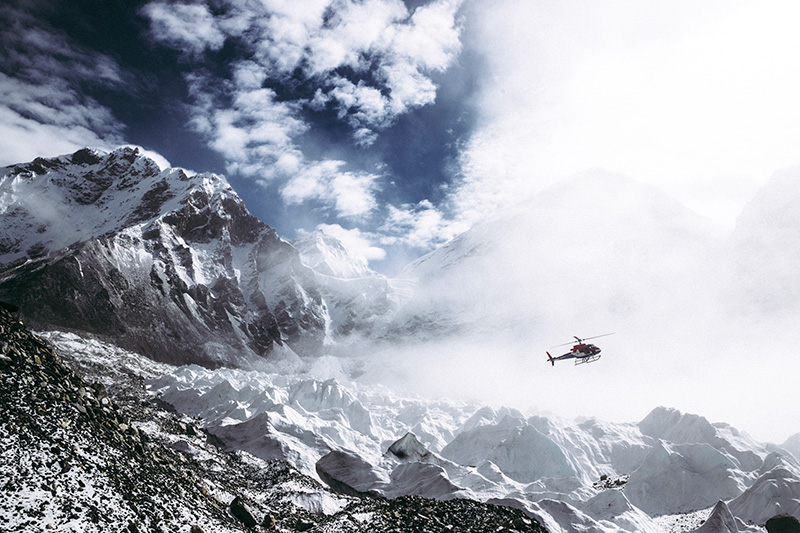
Whether an avid day-hiker, backpacker or training close to home to conquer one of the famous Seven Summits, when you head into the backcountry, a Global Rescue membership is a must. Not only can we pluck you from whatever precarious situation you find yourself unable to get out of on your own — and do so fast — but because, without us, a medical evacuation for illness or injury could cost you a pretty penny. Under our membership, you never see a bill.

